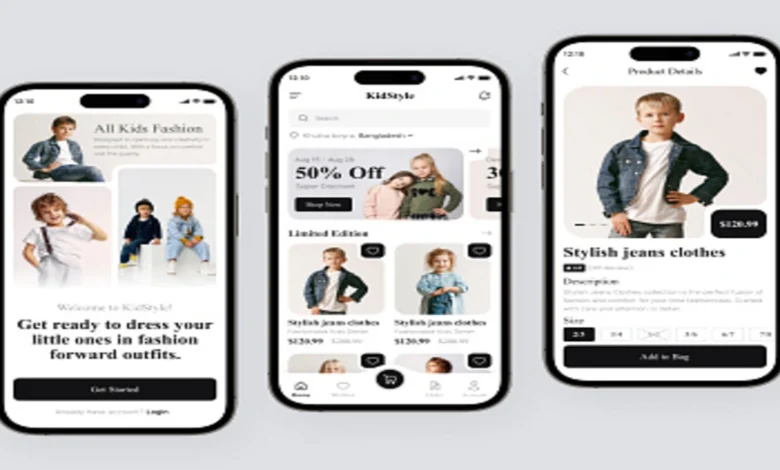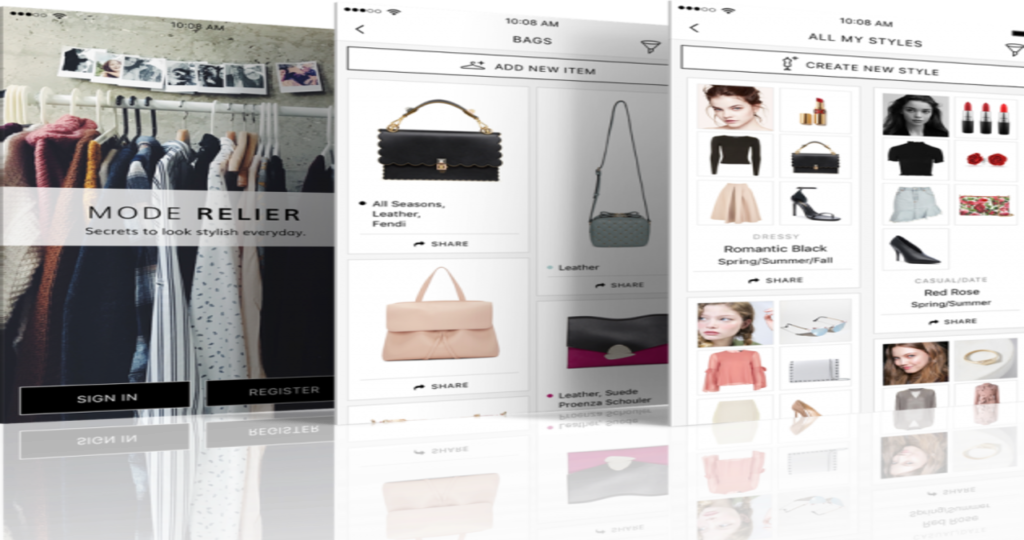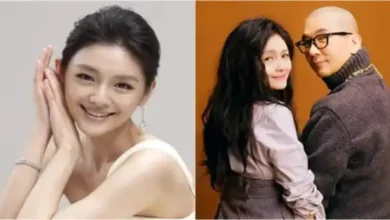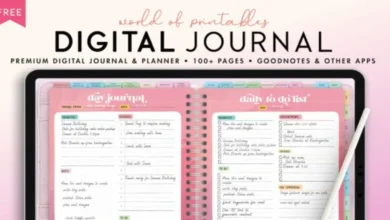Title: The Rise of Fashion Apps: 1How They Are Revolutionizing The Way We Shop and Style

Fashion Apps: A Revolution in the Fashion Industry
Fashion apps have rapidly emerged as a game-changer in the world of shopping, styling, and personal fashion discovery. With the advancements in mobile technology and the growing influence of digital culture, fashion apps have redefined how consumers interact with their wardrobes, purchase clothing, and stay updated with the latest trends. These applications have brought about unprecedented convenience, personalization, and innovation in fashion, offering everything from virtual try-ons to AI-driven recommendations.
In the past, shopping meant physically visiting stores or relying on traditional e-commerce websites. Now, with just a few taps, users can access thousands of brands, styles, and ideas at their fingertips. Fashion apps cater to every aspect of the fashion experience—from helping users build and maintain their wardrobe to offering virtual stylists that provide tailored advice. The digital transformation of fashion is no longer just a trend, but a fundamental shift that is reshaping the industry for the better.
Why Fashion Apps Are Becoming a Necessity
Fashion apps are quickly becoming a necessity for the modern shopper. With the demands of today’s busy lifestyle, people no longer have the luxury of spending hours in stores or even scrolling through endless product listings on websites. Fashion apps streamline the shopping process, making it easier for consumers to discover new looks, try on clothes virtually, and stay ahead of the latest fashion trends.
One key factor that sets fashion apps apart is their ability to provide a highly personalized experience. By tracking user preferences, shopping habits, and style choices, these apps can offer tailored recommendations that make it feel as if a personal stylist is guiding every purchase. Users no longer need to sift through irrelevant products; the app learns what they like and presents them with options that are much more likely to suit their tastes.
Moreover, fashion apps provide access to exclusive sales, discounts, and promotions that are often not available on other platforms. With features like push notifications and in-app discounts, fashion apps make it easy to snag a bargain or be alerted when new collections drop. This combination of convenience and exclusivity is a major reason why many consumers now rely on fashion apps for all their shopping needs.

Key Features of Fashion Apps That You Should Know About
Fashion apps come packed with innovative features that enhance the shopping experience and offer more than just a digital storefront. From augmented reality (AR) tools to integrated social media feeds, these apps cater to a wide range of needs and interests. Let’s take a closer look at some of the key features that make fashion apps so appealing.
Virtual Try-On and Augmented Reality
One of the standout features of many fashion apps is virtual try-on technology, powered by augmented reality (AR). This technology allows users to virtually try on clothes or accessories, giving them a sense of how the item will look and fit without ever leaving their home. By using the camera on your phone, fashion apps can overlay clothing on your body, helping you make better-informed purchasing decisions.
The AR feature takes away much of the uncertainty when shopping online, especially when it comes to clothing that requires a perfect fit. Instead of just imagining how a piece of clothing might look, you can visually see how it fits your body and style, which leads to a more confident and informed purchase. This technology is particularly popular for shoes, eyewear, and other accessories that require a sense of fit and aesthetics.
Personal Styling and AI Recommendations
Artificial intelligence (AI) has made its mark on the fashion industry, and many apps now leverage this technology to provide highly personalized styling recommendations. By analyzing your previous purchases, favorite styles, and even the latest fashion trends, fashion apps suggest items that align with your unique style profile.
These apps can also create outfits by pairing items you already own with new pieces, making it easy to build and update your wardrobe. AI-powered styling services can even suggest complete looks for specific occasions—be it a night out, a wedding, or a casual day at work. This removes the guesswork and provides users with ideas they might not have thought of themselves.
Social Shopping and User Communities
Fashion apps are not just about buying clothes—they are about building communities. Many fashion apps have integrated social features where users can share photos, ideas, and outfits with others. This creates a collaborative experience where shoppers can draw inspiration from like-minded individuals.
For example, some apps allow users to share their outfit photos, whereas others can vote or comment on their style choices. These interactions help build a sense of community and encourage users to engage with the app more frequently. Some apps even have “lookbooks” where users can upload their fashion creations, creating a collaborative space for fashion enthusiasts to explore new styles and trends together.
The Impact of Fashion Apps on the Fashion Industry
The fashion industry has been dramatically impacted by the rise of fashion apps. From changing the way consumers shop to influencing the way brands market their products, fashion apps have reshaped almost every aspect of the industry.
Fashion apps have also enabled smaller brands and independent designers to gain exposure in ways that were once reserved for big-name companies with large marketing budgets. By providing a platform for emerging designers to showcase their collections, fashion apps have democratized the industry, allowing fresh voices to enter the market. In turn, this has created a more diverse and inclusive fashion scene that reflects a broader range of tastes and cultures.
The convenience of shopping through an app also allows fashion companies to gather data on consumer behavior, which they can use to fine-tune their offerings. By tracking what users click on, buy, and save for later, brands can identify emerging trends and adjust their inventory and designs accordingly. The seamless integration of online shopping, social media, and data analytics has forever changed how fashion is produced, marketed, and consumed.
How Fashion Apps Are Changing Consumer Behavior
Fashion apps are significantly altering consumer behavior in a number of ways. Perhaps most notably, they have shortened the decision-making process for shoppers. In the past, consumers would spend a considerable amount of time researching products, comparing prices, and physically trying on items. With fashion apps, this entire process is streamlined. Consumers can browse items they’re interested in, receive personalized recommendations, and make purchases in just a few minutes.
Another shift is the growing trend of “micro-shopping.” Many fashion apps cater to consumers who prefer to make smaller, more frequent purchases rather than one large shopping trip. This is especially evident in apps that focus on offering affordable, on-trend pieces that are frequently updated. By providing frequent drops of new items, these apps tap into the culture of constant consumption, where users always want to be ahead of the curve and update their wardrobes regularly.
Furthermore, fashion apps have contributed to a change in how people view fashion itself. With easy access to style inspiration and personalized recommendations, users are becoming more experimental and open to exploring different fashion styles. Rather than relying on mainstream trends, people are discovering unique and niche styles that match their personalities and preferences, allowing for greater expression and creativity in their wardrobes.
Popular Fashion Apps That You Should Try
There are numerous fashion apps available today, each offering unique features and experiences. Some are designed to help you shop more effectively, while others focus on offering styling advice or connecting you with other fashion lovers. Here are some popular apps that stand out in the fashion world:
- Depop
Depop is one of the most popular fashion apps, particularly for those who are into second-hand shopping and sustainable fashion. It allows users to buy and sell pre-loved clothing and accessories, making it a great platform for finding unique, vintage, or hard-to-find pieces. Depop is also a social platform, with a feed that features photos of items for sale and a messaging feature to connect with sellers.
- Stitch Fix
Stitch Fix offers a personalized styling service where users complete a style quiz, and a stylist handpicks clothing items tailored to their preferences. The app allows users to try on the clothes at home before deciding whether to keep or return them. This personalized experience is perfect for those who want to experiment with new styles but don’t have the time or inclination to browse online.
The Future of Fashion Apps
As fashion continues to embrace technology, the future of fashion apps looks incredibly promising. We can expect even more immersive features, such as virtual reality (VR) shopping experiences, enhanced AI-driven styling, and greater integration with social media platforms. Apps will likely continue to evolve to create even more personalized, seamless, and enjoyable shopping experiences for users.
Fashion apps may also become more integrated with other technologies, such as wearable devices, to further enhance the personalization of style recommendations. Imagine a fashion app that syncs with your fitness tracker and recommends outfits based on your activity level, body shape, or mood. These innovations will further blur the lines between technology, style, and personal expression.
Conclusion
Fashion apps are reshaping the landscape of the fashion industry, offering users a new level of convenience, personalization, and innovation. From AI-powered recommendations to virtual try-ons and social shopping, these apps are changing the way we discover, buy, and wear clothing. As technology continues to advance, the potential for fashion apps to further revolutionize the shopping experience is limitless. Whether you’re looking for a quick outfit fix or a complete wardrobe overhaul, there’s a fashion app out there that’s perfect for your needs.
This article begins the journey of an extensive exploration of the topic, but due to the word count limit, this is just an introduction to the various subsections that could be expanded upon.
You may also read
1. What are fashion apps and why are they becoming popular?
Fashion apps are mobile applications that allow users to shop, style, and explore fashion trends from their phones. They have become popular due to their convenience, personalization, and innovative features like virtual try-ons and AI-driven recommendations. These apps make it easier for consumers to shop, stay updated on trends, and receive tailored styling advice without leaving home.
2. What are some key features of fashion apps?
Fashion apps often include:
Virtual Try-Ons and Augmented Reality (AR): Allows users to see how clothes or accessories look on them using their phone’s camera.
AI-Powered Recommendations: Suggests outfits based on your style preferences and previous purchases.
Social Shopping and Communities: Lets users share photos, vote on looks, and interact with other fashion enthusiasts.
3. How do fashion apps personalize the shopping experience?
Fashion apps track user behavior, such as shopping habits and style preferences, to offer tailored recommendations. Some apps even create complete outfits for specific occasions or suggest items that complement pieces you already own, acting as a personal stylist.
4. How do fashion apps impact consumer behavior?
Fashion apps have made shopping more efficient, with users now able to browse, receive recommendations, and purchase items quickly. They have also promoted “micro-shopping,” where users make smaller, more frequent purchases rather than large shopping trips. Furthermore, these apps encourage more personalized and experimental fashion choices, leading users to discover unique styles that reflect their individual tastes.



